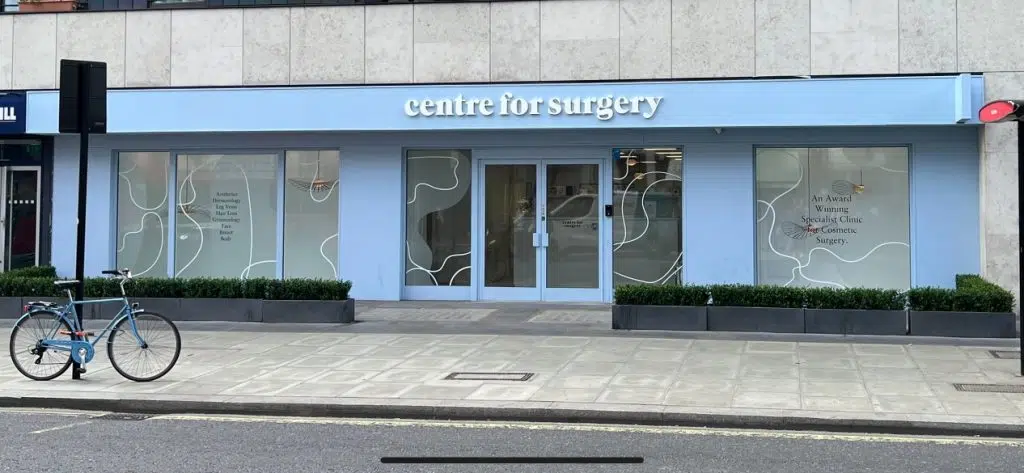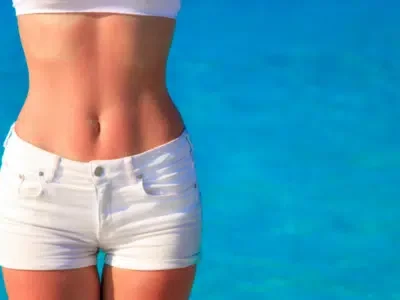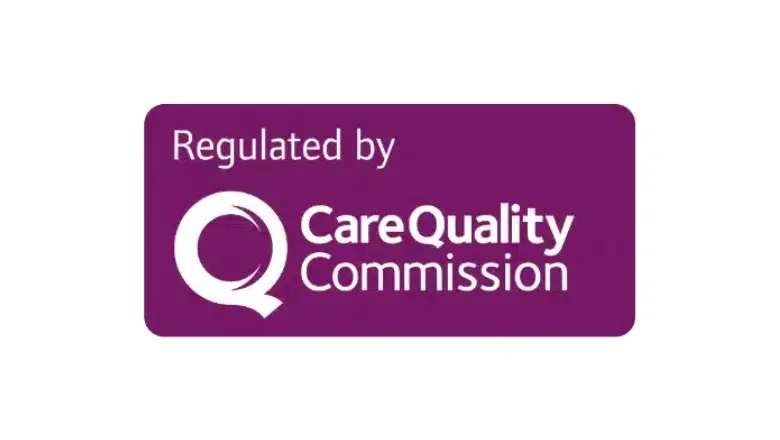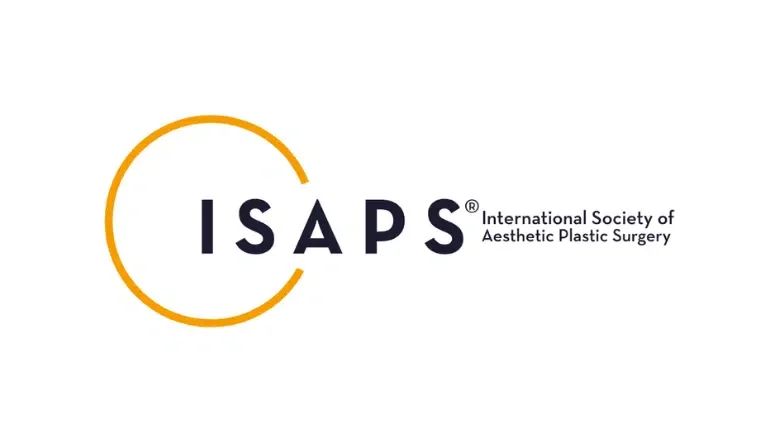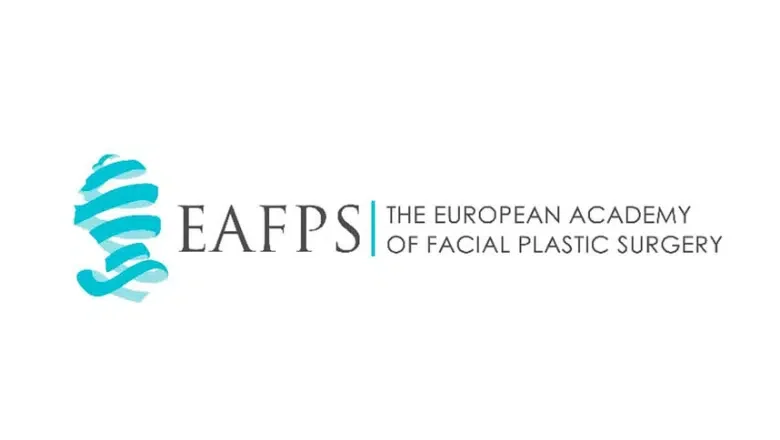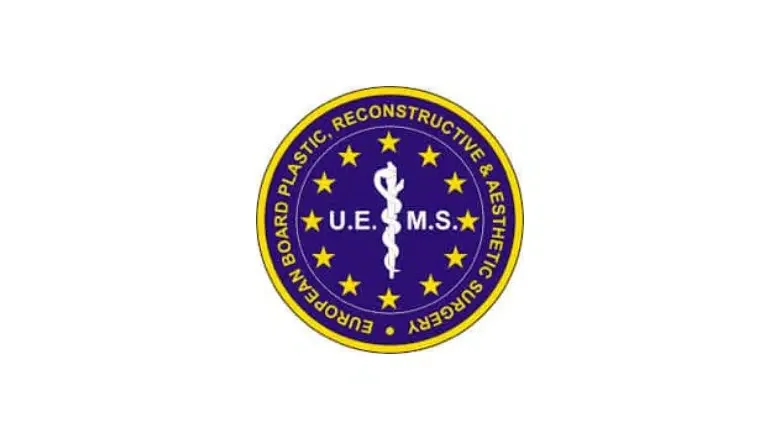Upper Body Lift Surgery London UK
Upper body lift surgery refers to a combination of excess skin removal procedures which are designed to address areas of loose skin affecting the upper body. The most commonly affected areas include the breasts, arms and back. An upper body lift involves performing a breast lift, brachioplasty and a bra line back lift. An upper body lift surgery can effectively tighten the skin in the upper body with the added benefit of sculpting and defining your natural contours. Saggy and droopy skin can be removed from the underarm area to produce toned, youthful-looking arms after significant weight loss. The skin does not return to its normal level of tightness after massive weight loss. Stubborn fat deposits may persist despite diet and exercise. Upper body lift surgery can be combined with liposuction to eliminate areas of fatty deposits.
RELATED: Skin Removal After Weight Loss – The Top 4 Plastic Surgery Procedures
What Is Upper Body Lift Surgery?
Upper body lift surgery is a comprehensive procedure that targets the entire torso, including the breasts, arms, back, and axilla (underarm area), and often utilises liposuction. It is specifically designed for individuals who have undergone significant weight loss and are left with excess skin and fat in their upper body. Also known as torsoplasty or 360 upper body lift, this transformative surgery addresses skin rolls, fat flaps, and sagging breasts, resulting in a tighter, more contoured upper body. For individuals seeking a complete body transformation after massive weight loss, an upper body lift can be combined with a lower body lift to address the abdomen, lower back, buttocks, and thighs, achieving comprehensive rejuvenation and restoring a more balanced and aesthetically pleasing physique.
Benefits of Upper Body Lift Surgery
An upper body lift procedure can significantly improve your overall body silhouette with several benefits that can positively impact your physical and mental well-being. People with an upper body lift often develop an improved self-image, allowing them to regain self-confidence. Certain social situations may have previously been avoided before surgery. After surgery, patients have an improved ability to form long-lasting relationships without feeling self-conscious about the appearance of loose skin affecting the upper body.
As well as improving the overall contour of your upper body, patients can wear an unrestricted range of fitted clothing, including swimwear, without the fear of feeling embarrassed about sagging skin. Having excess loose skin can lead to an increased risk of developing skin rashes with associated skin irritation from the excessive rubbing of loose skin folds. Excess skin can also cause difficulty in maintaining adequate personal hygiene due to bacteria proliferating in deep skin faults caused by loose skin, which may lead people to stay home more often and avoid social interactions. An upper body lift involves performing three procedures to effectively remove excess loose skin from the upper part of the body to permanently eliminate skin folds. Your general practitioner should first treat any active skin irritation or infection. Once you have recovered from an upper body lift, the risk of problems from loose skin folds will be eliminated. This is a major benefit of having an upper body lift at Centre for Surgery in London.
Although people may have successfully lost weight either through diet and exercise or bariatric surgery, the happiness felt soon turns to disappointment as loose skin folds can affect wearing many types of clothing, which may lead people to wear baggy clothing. This can cause a loss of emotional well-being and make women feel less desirable. An upper body lift can help you look and feel better with a safe and effective surgical procedure. Combining the three procedures can produce a dramatic improvement in your body contour, which is why it has become increasingly popular in London.
Who Needs Upper Body Lift Surgery?
An upper body lift is a major surgical procedure. It involves a combination of three different body contouring procedures performed in the same operation to improve the contour and shape of the upper body. Ideal candidates for an upper body lift include:
- People who are in a good state of physical and mental health
- At all near their ideal body weight and have no plans to become pregnant in the future.
- Should ideally be a non-smoker or be willing to stop smoking at least four weeks before and after the procedure.
- Has realistic expectations about what the procedure can achieve.
- Is unhappy with the appearance of excess loose skin affecting the breasts and upper arms with the formation of back rolls.
- Has a good understanding of the potential risks associated with the procedure and has had the opportunity to ask all the questions they need at the consultation.
It is important to be aware of the criteria which your surgeon will use to determine your suitability for an upper body lift. If you have a significant medical condition which may increase the risks of the procedure, we would recommend avoiding having the procedure until you have had pre-operative optimisation of any existing medical conditions.
What happens at your consultation?
The first step is to have an in-person consultation with an expert body contouring surgeon. Getting the best outcomes after this procedure means taking good care of your health because the risks of surgery may increase significantly if you do not follow the preoperative and post-operative care instructions given to you by your surgeon.
The consultation is an ideal opportunity to ask any questions you may have about the procedure and the recovery period. Your surgeon will discuss the main risks and potential complications of the surgery and how these will be minimised. It is important to have realistic expectations about what the procedure can achieve. Your goals for the treatment will be taken into account when the surgeon assesses your suitability. Other alternatives to an upper body lift may be suggested if you are deemed unsuitable for the procedure. Your surgeon will also perform a physical examination to assess the amount of loose skin you have and which procedure or combination of procedures will be suitable to target excess skin. Your surgeon will also want to know any medicines you may be taking, as certain medications may increase the risk of bleeding during and after the procedure. Before the procedure, you may be asked to stop certain medications, such as aspirin. Certain herbal supplements may increase the risk of bleeding, and these should be stopped at least four weeks before surgery.
Upper body lift surgery procedure
An upper body lift is performed under a general anaesthetic and takes four to five hours. This is an outpatient procedure, which means you’ll be able to go home later the same day once you have recovered from the effects of the anaesthetic. The procedure involves making incisions to target the areas of excess skin to contour your upper body properly. Where possible, scars will be placed in your body’s natural contours and folds to minimise their appearance. Once the incisions have been made, the surgeon will remove excess skin and fat and may perform liposuction to remove excess fat deposits. Your surgeon will perform the upper backlift first, then turn you over to perform the breast and upper arm lifts. Once the targeted amount of skin and fat has been surgically removed, the surgeon will insert surgical drains to permit the removal of excess fluids and prevent the risk of seroma haematoma. Incisions will then be closed with dissolvable stitches. Most of the procedure duration involves closing the long incisions with stitches. The actual skin removal part of the procedure forms a small part of the total procedure time.
Once the upper body lift surgery has been completed, you will be taken through to our dedicated recovery area, where you will be monitored closely by specialist recovery nurses until you are medically fit for discharge.
Recovery after the upper body lift procedure
Recovering after an upper body lift takes approximately 6 to 8 weeks. The extent of surgical correction will determine the length of the recovery period. During the first couple of weeks, it is normal to experience bruising, swelling and localised discomfort. Any discomfort can be easily controlled with over-the-counter painkillers. It is important to wear your compression garments as instructed by your surgeon throughout the recovery period to minimise excessive swelling and promote smooth healing and recovery. You should avoid smoking or drinking alcohol for at least four weeks as the risk of wound complications may increase, leading to excessive scarring. Your surgeon may prescribe antibiotics to prevent infection, and you should avoid drinking alcohol to avoid diminishing the effectiveness of antibiotics.
Most people can commence light activities after week two and return to most types of work which are not too physically demanding. It is important to keep mobile to minimise the risk of deep vein thrombosis. Still, you should avoid excessive physical activity as this could place a new strain on your healing incisions and slow down recovery. The best sleeping position is to lie on your back and be supported by pillows on either side to avoid injuring yourself whilst asleep. After six weeks, you should be able to return to most forms of exercise, including going to the gym, although you should check with your surgeon first. The final results of an upper back lift will take time to develop, although you should begin to notice significant improvement between three and six months after your surgery.
Risks and complications of Upper Body Lift
As with any type of surgery, an upper body lift involves certain risks and complications, as it involves skin incisions and is considered a major body contouring procedure. Most side effects of surgery will resolve on their own, although certain risks may require urgent medical attention to prevent complications.
- Anaesthetic risks
- Bleeding and haematoma formation
- Localised fluid collection is also known as a seroma
- Wound infection
- Asymmetrical results
- Excessive scarring
- Prolonged bruising and swelling
- Temporary or permanent numbness
Choosing an experienced consultant plastic surgeon at Centre for Surgery will ensure you have the best possible chance of achieving excellent results with minimal risk of complications. Complications can and do occur, and your surgeon is trained to manage any complications arising from an upper back lift. This is why we recommend having your surgery in the UK and not travelling overseas, especially to Turkey, to do this procedure.
Upper Body Lift Cost London - How much does Upper Body Lift surgery cost in London UK? Prices & Fees
An upper body lift is a specialist surgical procedure only performed by a select group of expert plastic surgeons in the UK. Each procedure is customised to the needs of the individual patient, and the extent of surgical correction required will determine the cost of an upper body lift. Upper body lift prices include your surgeon’s, anaesthetic, and facility fees. All postoperative after-care visits are included in the cost of Surgery. Once you have had an in-person consultation, you’ll be given a detailed quotation by your dedicated Patient coordinator. If you would like to get an estimate of upper body lift prices, call us today on 020 7993 4849.
Finance for upper body lift surgery
Centre for Surgery has partnered with Chrysalis Finance, the leading medical finance provider in the UK. We offer a full range of finance options to suit all budgets, including 0% finance for eligible applicants. Call us today to learn about finance options available.
Why choose Centre for Surgery for your upper body lift?
Centre for Surgery is the leading cosmetic surgery clinic in London. We are home to some of the UK’s most experienced and skilled plastic surgeons. Our surgeons keep their skills up-to-date by constantly attending national and international conferences to learn about the latest developments in skin removal surgery. Our standards of post-operative after-care have been described as outstanding by the Care Quality Commission. We are committed to providing high-quality medical care before, during and after the procedure to help you achieve the best possible results. Our expert team of Patient coordinators are available to act as your personal point of contact throughout your journey with us at Centre for Surgery. Call us today on 020 7993 4849 or complete the contact form below to book a face-to-face consultation at our state-of-the-art Baker Street clinic in Marylebone.
Medical References
FAQs
-
Do I need an upper body lift?If you have experienced significant weight loss and are bothered by sagging skin in your upper body, an upper body lift plastic surgery can be a beneficial option to address these concerns and achieve a more toned and contoured appearance. It is important to consult with a plastic surgeon who can assess your individual case and determine if an upper body lift is the right procedure for you based on your specific goals and needs.
-
What does an upper body lift include?An upper body lift is a comprehensive surgical procedure that combines multiple lift procedures to address various areas of the upper body. It typically includes a breast/chest lift, upper back lift, arm lift, and armpit lift. These procedures aim to remove excess skin and tissue, tighten and lift sagging areas, and improve overall body contour. In addition, liposuction may be performed to further enhance body shape and achieve optimal results. The combination of these procedures allows for a comprehensive transformation of the upper body, restoring a more youthful and sculpted appearance.
-
What is an upper body lift called?An upper body lift is commonly referred to as a "360-degree upper body lift" or a "torsoplasty." These terms are used to describe the comprehensive surgical procedure that addresses multiple areas of the upper body, including the breasts/chest, upper back, arms, and armpits. The procedure involves a combination of lift techniques and may also incorporate liposuction to achieve a more contoured and rejuvenated appearance of the upper body.
-
Does an upper body lift include arms?Yes, an upper body lift typically includes an arm lift as part of the procedure. The purpose of an upper body lift is to address excess skin and sagging in multiple areas of the upper body, and the arms are commonly included in this comprehensive treatment. During the upper body lift, the surgeon will perform an arm lift, also known as brachioplasty, to remove excess skin and fat from the upper arms, tighten the underlying tissues, and reshape the arm contours. This helps to achieve a more toned and proportionate upper body appearance.
-
How long does it take to recover after upper body liftThe recovery period after upper body lift surgery is approximately six weeks, although this will depend on the extent of surgical correction required. Most people can resume light activities at the end of week two. You should avoid any strenuous physical exercise, including going to the gym for a minimum of six weeks to prevent any undue stress on the incisions and negatively affect wound healing.
-
What is the best sleeping position after upper body lift?We would recommend sleeping on your back with your head elevated on a pillow to avoid any excess pressure on your incision lines. You should also avoid any excessive movements of your arms during the first two weeks. It is a good idea to have pillows on either side of you to prevent any localised injury whilst you sleep.
-
When can I shower after having an upper body lift?It is safe to have a shower 48 hours after the procedure. You may still have the tubes from your surgical drains in situ, and you should try to avoid getting these wet. You should not have a bath for at least six weeks after surgery as this may increase swelling and the risk of wound breakdown.
-
How much weight do you lose with an upper body lift? An upper body lift is primarily a body contouring procedure rather than a weight loss procedure. While some weight may be lost due to the removal of excess skin and potentially some underlying fat during the surgery, the amount of weight loss is typically minimal. The primary goal of an upper body lift is to reshape and tighten the contours of the upper body, removing sagging skin and improving the overall appearance. It is important to have realistic expectations and understand that the main focus of the procedure is on enhancing body shape and contour rather than significant weight loss.


